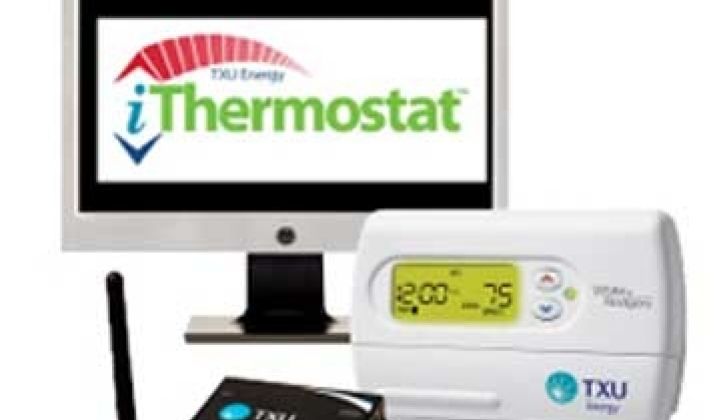TXU Energy announced on Thursday it would replace about 5,000 Comverge iThermostats because of a risk of fire. The internet-connected iThermostats have been installed in more than 10,000 homes, although TXU said it knows where each one of the faulty thermostats is located and is currently in the process of contacting customers. Although the units can overheat, no fires have yet been reported.
Comverge said it knows of about 10 instances where the communications modules overheated and in one case, there was minor smoke damage.
However, even with a recall and increasing competition from the new players that are entering the market, Comverge and EnerNOC, two of the biggest names in demand response, are continuing to thrive.
Comverge was awarded about 1 gigawatt in demand response by PJM Interconnection, which coordinates and directs the operation of a large section of the mid-Atlantic region's transmission grid.
Both Comverge and EnerNOC see PJM as an ever-growing opportunity. "We believe based on the sheer size of PJM, not only is it a big market; it's also a growing market," said Chris Savastano, Senior Director of Commercial and Industrial Solutions for Comverge.
Although Comverge is one of the few companies poised to take advantage of residential markets -- nearly 25 percent of its services were provided to residential customers in 2009 -- it is concentrating on the commercial industries because of their sheer size advantage.
The Norcross, GA-based company saw a 120 percent growth in revenue in the commercial and industrial market side. "There's not an end in sight [in the commercial market]," said Savastano. "But there's also still a lot of opportunity and headroom with the mid-tier and smaller-class customers."
EnerNOC was also a big winner with PJM, and is now on the verge of closing its single largest bilateral contract, securing up to 560 megawatts of demand response for the Tennessee Valley Authority for a 10-year term to use its DemandSMART software, pending the approval of TVA's board. This adds to the 800 MW that EnerNOC secured in Q1 of this year.
"We're excited that the largest public power company in the United States has embraced demand response as an integral part of its resource portfolio," Tim Healy, Chairman and CEO of EnerNOC, said in a statement. "EnerNOC is able to bring hundreds of dispatchable megawatts on-line more quickly and as reliably as traditional supply options."
The deal will add 400 MW to an existing contract that provides 160 MW to the TVA across more than 200 businesses. It's not just manufacturers, either. While there are large commercial facilities on the roster, EnerNOC is also providing demand response to schools and churches.
The TVA deal is likely to be the first of many ever-growing demand response opportunities. A recent survey of smart grid industry leaders from over 50 North American utilities conducted by GTM Research found that 71 percent identified reduction in peak demand as one of the top benefits of smart grid technologies.
Pennsylvania is one of the only large markets with stringent legislation in place to curb peak demand, but it will not be the only one. California is thought to be next in line with legislation, and others will surely follow suit.



